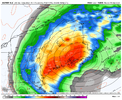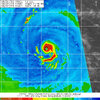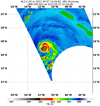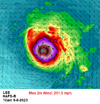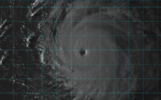Brent
Member
I think it turning north is a given based on modeling right now. The big question is how long will Margot block it from being able to turn east any. The EURO has it blocking off until it’s too late and we see go very close to Cape Cod and then up into Maine.
Yeah I don't see this being like Irma or probably even Florence... It's gonna be much more north if it does hit

